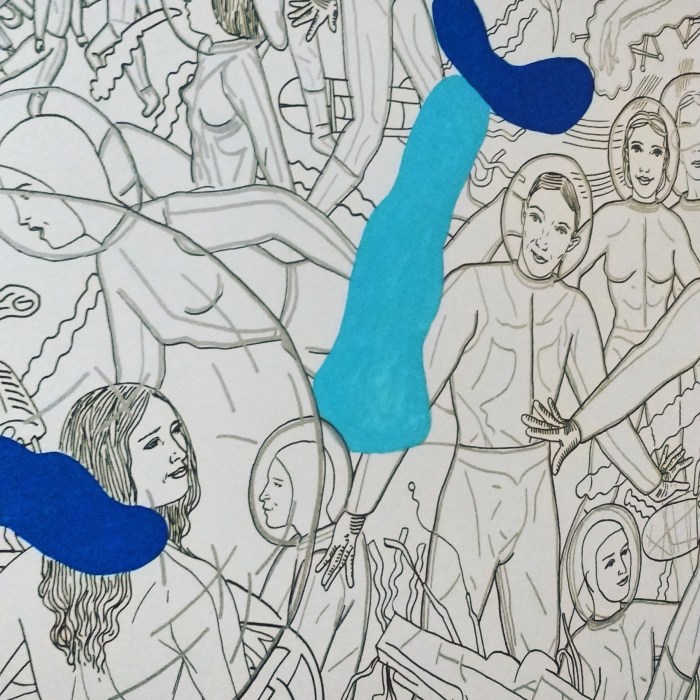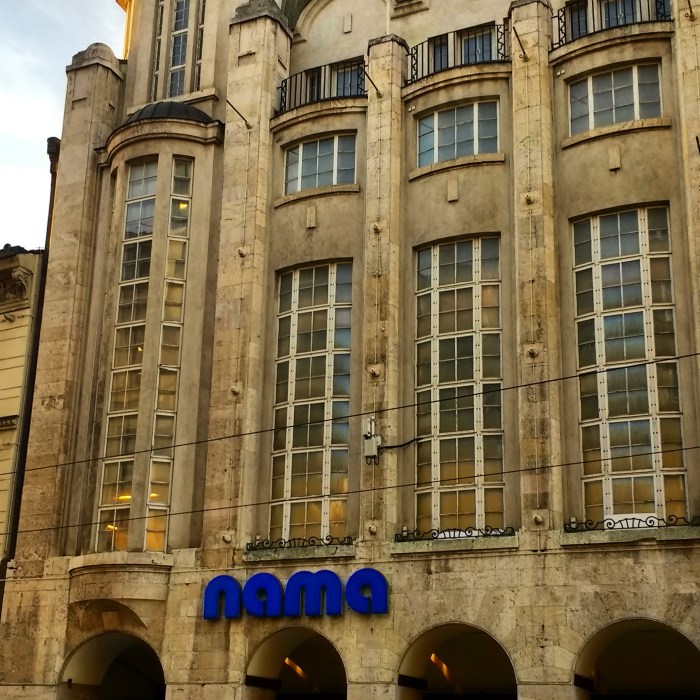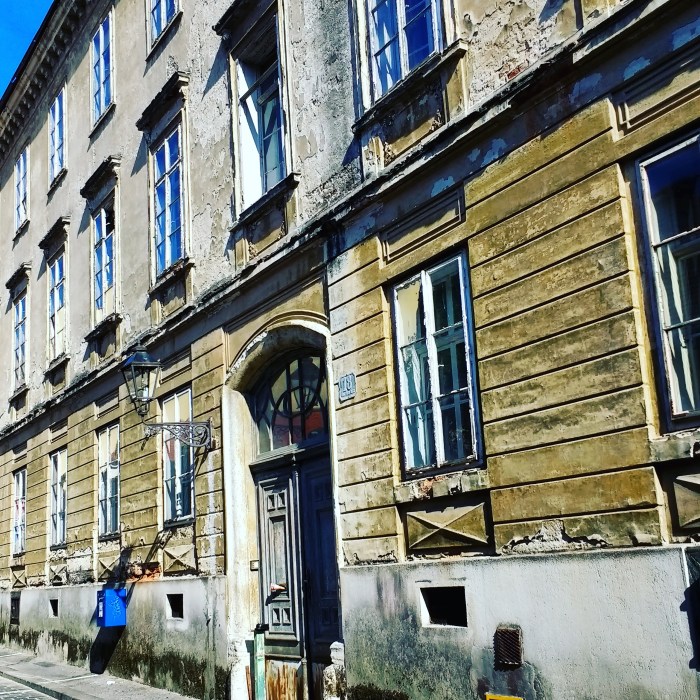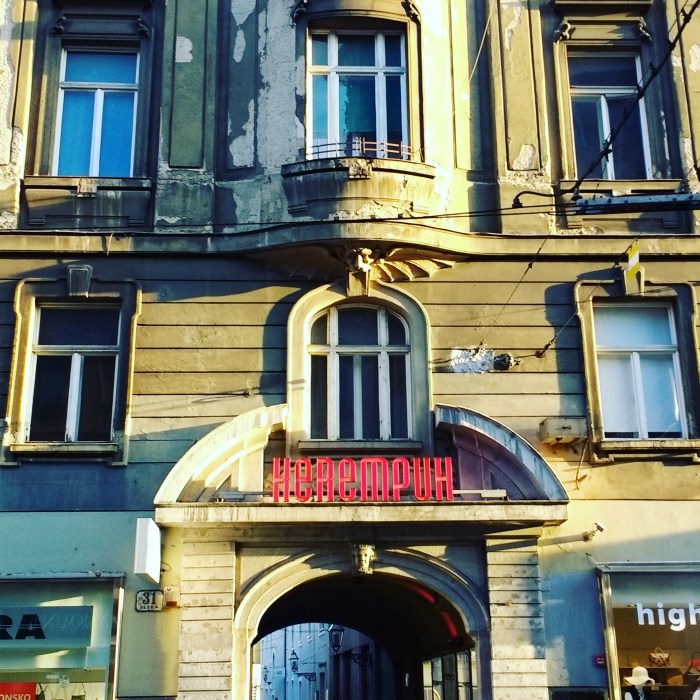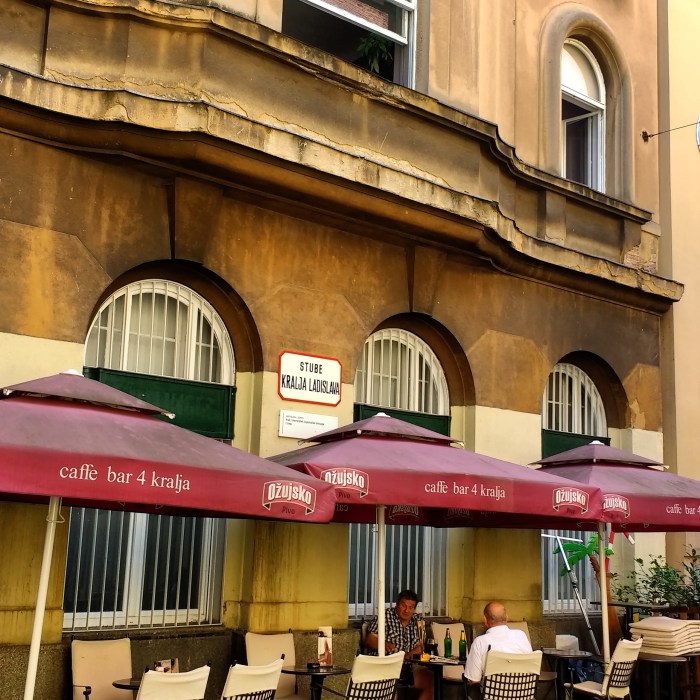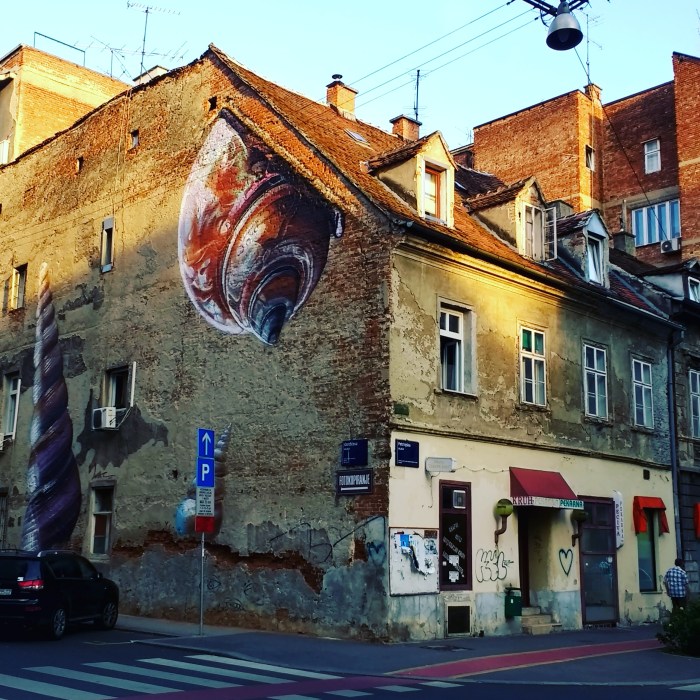This art museum was one of the highlights of my trip to Zagreb. Naive Art as an art form was very fashionable during the 1960s and 1970s. Personally I don’t like the term very much as I think it degrades art and implies that it’s not very good. Some art of that genre can be very kitsch but it can also be very brilliant, full of heart and soul. The best work of this genre is up there with many of the greatest works from the Art Brut movement where artists, with no formal art education, created work, often of a very raw nature, outside of the confines of the ‘Art World’ and other established institutions.
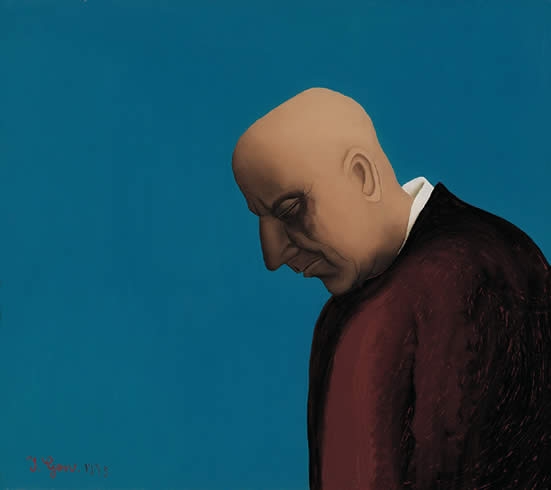
Self-Portrait (1975) by Ivan Generalić
Most of the work on display at this museum is by noted Croatian artists of the Hlebine School. Hebline is a small village in the north of Croatia which from the 1920s was the place where a small group of self taught peasants began to develop a new style of painting. The artist Ivan Generalić (1914-1992) was the father of this movement. When I enter the first room of the museum, his Self-Portrait (1975) painting is the first painting to catch my eye. The prominent blue background of the painting is unmissable and I am immediately reminded of the Italian Renaissance painter Giovanni Bellini’s Portrait Of Doge Leonardo Loredan.

Harvest (1938) by Mirko Virius
In the same room, there are also paintings by another artist of the first generation of Hebline school artists called Mirko Virius (1889-1943) who’s paintings are of traditional rural people. His painting Harvest (1938) reminds me of the rural paintings of everyday peasant life by the pre Impressionist French painter Jean-Francois Millet. Millet was also a huge influence on Vincent Van Gogh who at the beginning of his painting career wanted to paint rural peasant life in its purest form from the source. Many of Van Gogh’s early paintings and drawings capture this very beautifully.

The Evangelists On Calvary (1996) by Ivan Večenaj
Then there is another painting in that same called The Evangelists On Calvary (1996) by one of the second generation of Hlebine School artists called Ivan Večenaj (1920-2013). This is probably the most powerful painting in the room. The intricate mess of destruction, decay and dehumanisation makes me hark back to the most nightmarish paintings by the legendary and light-years-ahead-of-his-time Dutch colossus Hieronymus Bosch. Out of all the art works in the museum, it is those paintings by Večenaj, which resonate most deeply with me. Another painting of his entitled Gaitery Juna (1962) features a peasant lady with a deformed face. A third painting depicts Moses by the Red Sea.

Martin Mehkek
In another room, a series of portraits by Martin Mehkek (1936-2014) stop me in my tracks. The portraits are very human and Mehkek seems to have a unique ability to empathise with his subjects and put himself in their shoes. He paints his subjects in a way which executes their emotions and traits. And many of his subjects seem to be local villagers and they appear to be painted in a way where all their quirks, bizarreness and insularity are masterfully captured.

Emerik Feješ
The paintings of Emerik Feješ (1904-1969) are of colourful, childlike, ethereal and joyful buildings in a style that is his own. Like ornate Venetian buildings turned into multi coloured, energetic Mississippi and New Orleans juke joints. Observing his paintings fill me with hope and positivity, which is very vital in a pungent age of anxiety.

Luxary Ship (1974) by Drago Jurak
The final piece of work in the museum to make an impression on me is a painting by Drago Jurak (1911-1994) called Luxary Ship (1974). It is a extraordinary painting and I immediately think of the impossibly insane Swiss artist Adolf Wölfi, a key artist from the Art Brut movement. His paintings are of an overly complex, obsessive and deranged nature. Like a shockingly talented Persian miniature painter on acid. Some artists are just happy to knock up bland landscape pastiches. Yet painters like Jurak and Wölfi are forever hellbent on rocking the boat and driving the square community mad.
By Nicholas Peart
©All Rights Reserved



